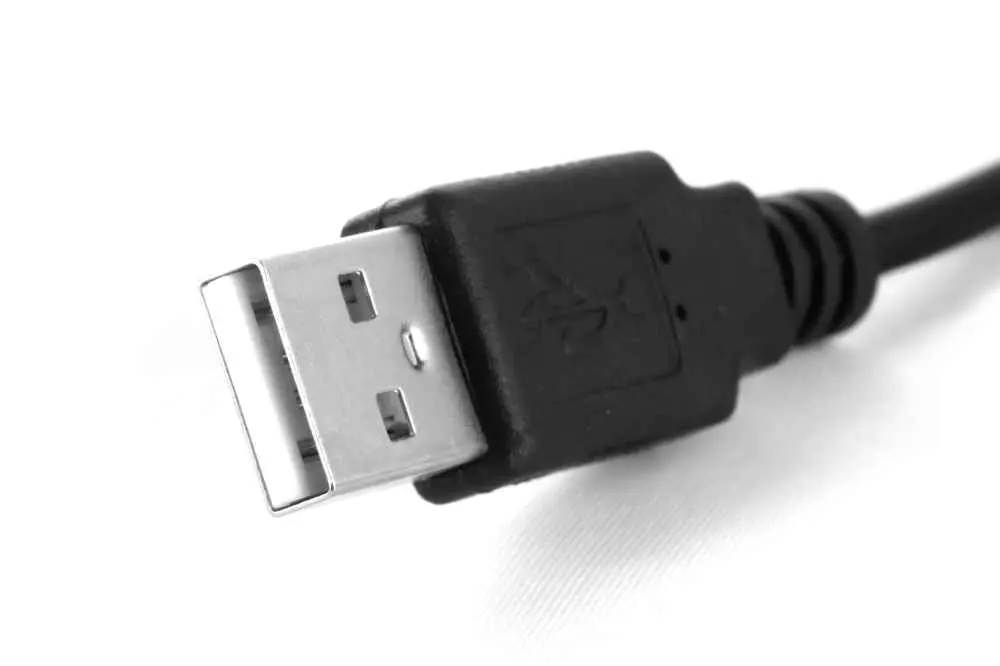Today, with the increasing demand for fast and reliable technological solutions, standards and norms play a key role in various industries. This includes commercial connectors, which are an integral part of many systems and devices. Reliable and clear standards are not only important for manufacturers, but also for end users to ensure the safety, interoperability and efficiency of commercial connectors.
Why are standards important?
Standards for commercial connectors are set primarily to ensure the safety, consistency and compatibility of products offered to the market. They provide a benchmark for manufacturers to meet certain technical requirements and guidelines to make products compliant.
Through standards, manufacturers of commercial connectors are able to ensure that their products perform as expected, as well as being compatible with other system components. Standards also help avoid misunderstandings and errors that could lead to dangerous situations or equipment failure.
Popular standards for commercial connectors
There are a number of popular standards in the commercial connector industry that are widely used in various applications. Below are some of them:
1. The USB (Universal Serial Bus) standard
The USB standard is one of the most recognized and widely used standards today. It defines the connectors and communication protocols used to connect electronic devices such as computers, smartphones, printers and many others. The USB standard provides compatibility and versatility, allowing different devices to be connected to a single port.
2. The HDMI (High-Definition Multimedia Interface) standard.
The HDMI standard is widely used in multimedia devices such as TVs, Blu-ray players, game consoles, etc. It defines the connectors and communication protocols that enable the transmission of high-quality audio-video signals. The HDMI standard is extremely important to the entertainment industry because it provides high quality video and audio.
3. Ethernet standard
The Ethernet standard is indispensable in today's computer networks. It defines protocols and rules for network communication, allowing data to be transmitted over Ethernet cables. Ethernet standards are constantly being developed and adapted to meet growing technological needs, such as faster data transmission speeds.
Standards development process
Creating standards for commercial connectors is a complex process that involves various stakeholders, such as standardization organizations, manufacturers, end users and research institutes. The process may involve the following steps:
1. Analysis and assessment of market requirements
The first step is to understand market needs and identify problems that standards can solve. Standardization organizations conduct market research and consult with manufacturers and other stakeholders to identify key requirements and set priorities.
2. Develop a draft standard
Based on the information gathered, the first version of the draft standard is developed. Detailed technical requirements, test guidelines and conformity assessment methodologies are considered at this stage.
3. Consultation and analysis
The draft standard is submitted for consultation and analysis by interested parties. Manufacturers, users and experts have the opportunity to review the draft, make comments and provide suggestions for improvement. Standardization organizations collect this information and adjust the draft standard as a result of the consultation.
4. Testing and certification
After the consultation stage, the standard is tested and analyzed to assess its effectiveness and compliance with the specified requirements. Independent certification laboratories can use these standards to evaluate commercial connectors for safety, durability and transmission characteristics.
5. Publication and updating
When a standard is fully completed and tested, it is published and made available to manufacturers, users and other interested parties. Standards are updated regularly to incorporate new technologies and market requirements.
Summary
Commercial connector standards are critical to ensuring the safety, consistency and compatibility of products on the market. They help manufacturers and users ensure that commercial connectors perform as expected and are safe to use. The standards development process requires the support and cooperation of various stakeholders to ensure reliable and effective solutions. It is recommended to follow and use current standards to stay abreast of technological advances and the evolution of the commercial connector market.
